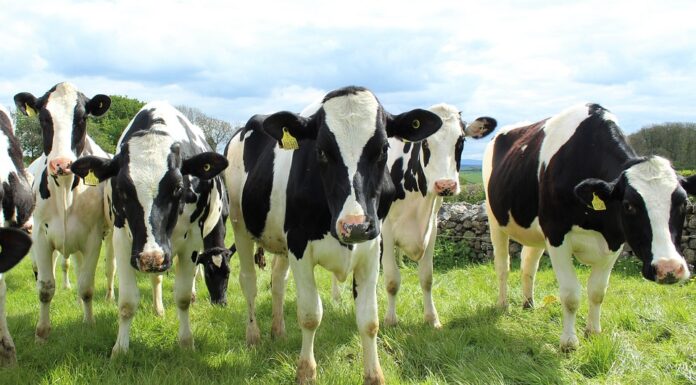Introduction
The dairy industry plays a crucial role in the global food supply chain, providing a wide range of products such as milk, cheese, yogurt, and butter. However, like many industries, dairy production generates a significant amount of waste that can have negative environmental impacts. In recent years, there has been a growing focus on waste reduction and byproduct utilization in dairy supply chains to minimize environmental impact and improve sustainability.
Challenges in Dairy Supply Chains
Waste Generation
Dairy production generates various types of waste, including wastewater, solid waste, and byproducts such as whey, a byproduct of cheese production. Improper disposal of these waste streams can lead to pollution of water bodies and soil, as well as greenhouse gas emissions. In addition, waste disposal can be costly for dairy producers, impacting their bottom line.
Byproduct Utilization
Byproducts generated in the dairy industry, such as whey, can be rich in nutrients and have potential value for various industries, including food, pharmaceuticals, and cosmetics. However, many dairy producers struggle to find cost-effective ways to utilize these byproducts, leading to their disposal as waste.
Strategies for Waste Reduction and Byproduct Utilization
Efficient Production Processes
One key strategy for reducing waste in dairy supply chains is to optimize production processes to minimize waste generation. This can involve implementing technologies such as membrane filtration to recover valuable components from waste streams, as well as improving process efficiency to reduce overall waste production.
Collaboration with External Partners
Dairy producers can also collaborate with external partners, such as food manufacturers and biotech companies, to find innovative ways to utilize dairy byproducts. For example, whey can be used as an ingredient in protein bars or dietary supplements, creating additional revenue streams for dairy producers while reducing waste.
Financial Benefits of Waste Reduction and Byproduct Utilization
Cost Savings
By reducing waste and finding new uses for byproducts, dairy producers can save on waste disposal costs and potentially generate additional revenue from the sale of byproducts. This can have a significant impact on the bottom line, improving profitability and long-term sustainability.
Market Opportunities
Utilizing dairy byproducts in innovative ways can open up new market opportunities for dairy producers. For example, the demand for plant-based alternatives to dairy products is growing, and dairy producers could capitalize on this trend by developing new products made from dairy byproducts.
Case Studies
Company A: Waste Reduction through Process Optimization
Company A, a dairy producer, implemented membrane filtration technology to recover proteins from whey, a byproduct of cheese production. By selling these proteins to food manufacturers, Company A was able to reduce waste disposal costs and generate additional revenue, leading to improved profitability.
Company B: Byproduct Utilization for Market Expansion
Company B, a dairy producer, partnered with a biotech company to develop a skincare line using whey proteins extracted from whey. This collaboration not only helped Company B reduce waste but also opened up a new market segment for their products, diversifying their revenue streams.
Conclusion
In conclusion, waste reduction and byproduct utilization are essential strategies for improving sustainability and profitability in dairy supply chains. By implementing efficient production processes, collaborating with external partners, and exploring new market opportunities, dairy producers can minimize waste generation, reduce costs, and create additional revenue streams. As the demand for sustainable products continues to grow, waste reduction and byproduct utilization will play an increasingly important role in the dairy industry’s future.



